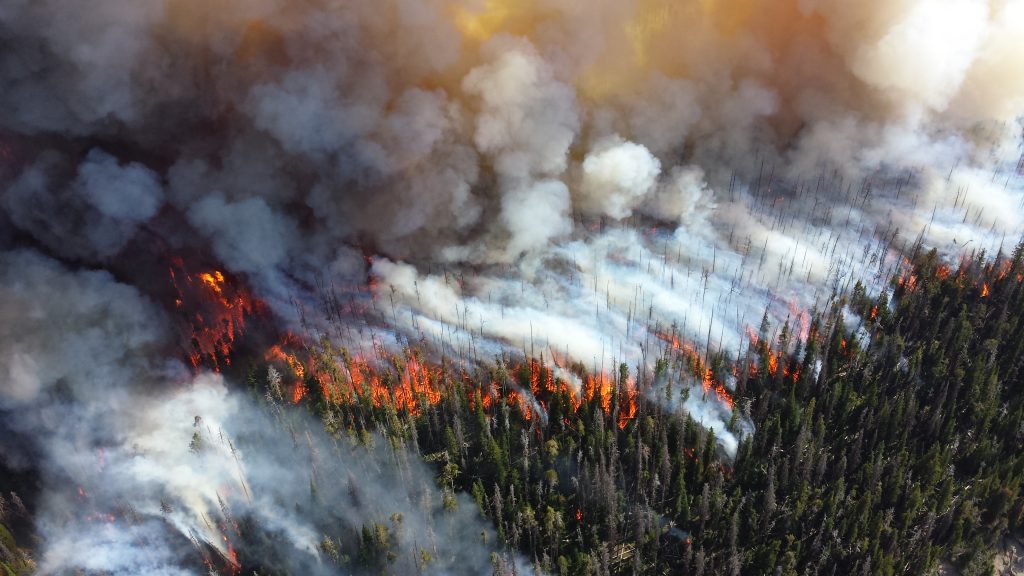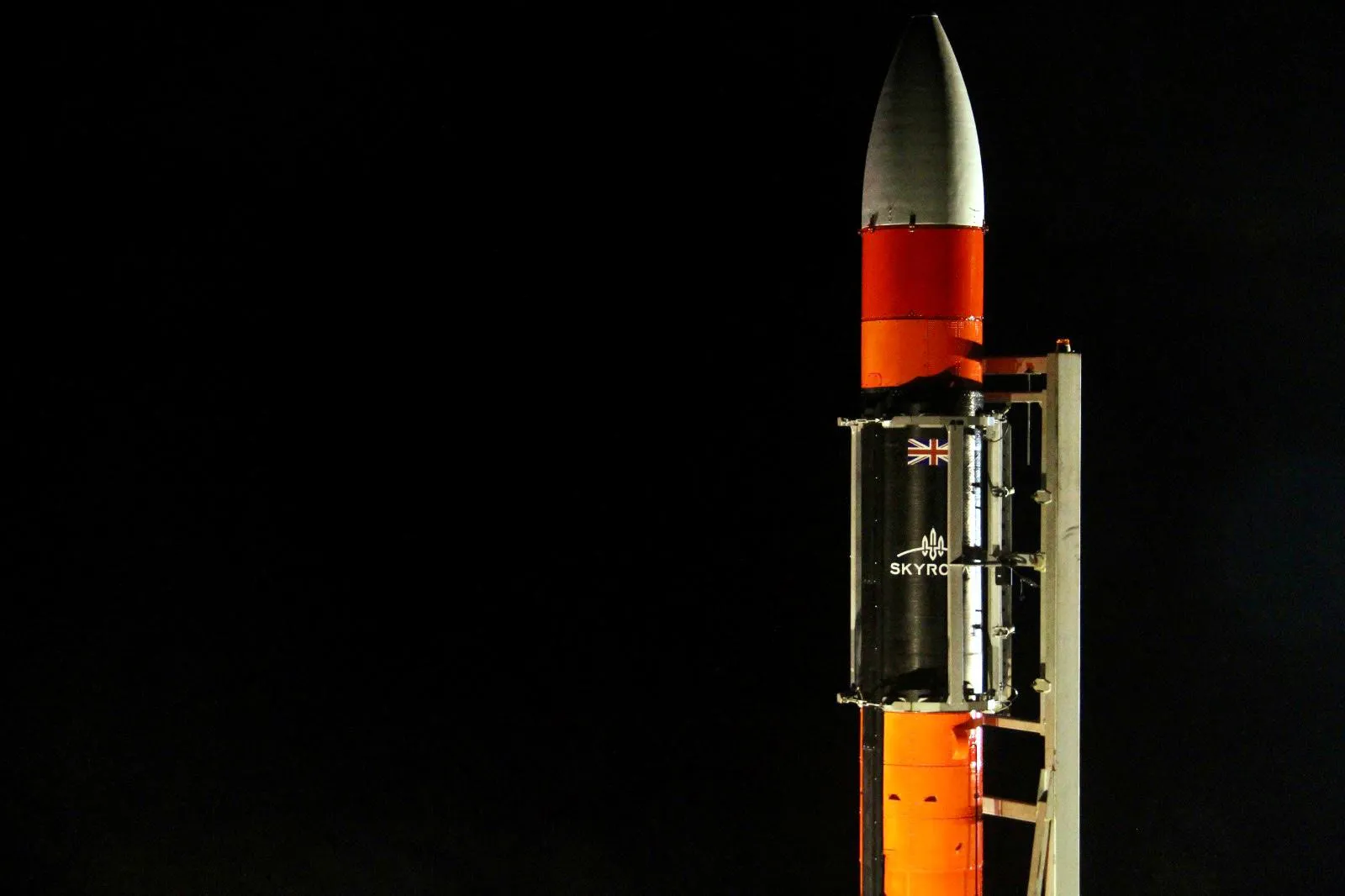Utilising satellite technology for wildlife conservation

High-resolution remote sensing images have provided conservationists and ecologists with the ability to accurately monitor illegal mining, to monitor wildlife populations, to rapidly detect deforestation activities and other alterations being made to the landscape.
Earth imagery provided by satellites is collected frequently, globally, and at an increasingly higher quality. Such information is also becoming more user-friendly, and the frequency of images has enabled these applications in relation to wildlife conservation.
Geographic information systems, combined with global positioning systems and satellite remote sensing, have generated an array of opportunities for data collection, analysis, integration, modelling and satellite map production for wildlife assessment and monitoring.
Assisting in management and conservation activities, satellite imagery of a high resolution provides researchers and scientists with progressively up-to-date geospatial data. Reliable statistics can be obtained using network processing for habitat mapping, to monitor wildlife migrations and track endangered species in the most isolated parts of the world.
The data obtained using collars and tags placed on wildlife can be relayed to researchers and scientists via communications satellites. Such technology enables researchers to track the wildlife in more remote areas, identifying and monitoring wildlife movement, species numbers, patterns, and behaviours, which can be utilised to prevent poaching.
Many species are declining at an alarming rate due to threats such as habitat loss, deforestation, and poaching. The level of poaching activities has increased in recent years, and the development of technology is being utilised to tackle wildlife crime.
Traditional methods for collecting data concerning wildlife populations using satellite technology include tag methods and aerial visualisation. However, these methods
have not proven the most efficient, particularly in relations to tracking large animals in remote locations.
To interpret the ‘why’ and ‘where’ behind species being lost, satellite technology can be used to monitor vast areas across the world simultaneously and on a regular basis by comparing images taken over time. This provides the opportunity for monitoring and assessment of events on the ground, enabling scientists and researchers to predict the safest areas in which to protect and manage wildlife populations.
Much of the latest technology launched into space can collect information about Earth that has never been previously provided by satellite technology. An example of such technology would be the Global Ecosystem Dynamics Investigation (GEDI) satellite, which was launched in December 2018.
The GEDI satellite pulses laser beams down to Earth’s surface which return to the satellite with information that enables extremely accurate calculations of large-scale distances, providing 3D data of Earth’s structure. This data will allow researchers to better understand carbon storage, global biodiversity, and habitat degradation for the analysis of forest structure is key to wildlife conservations in relation to the species that rely on forests for shelter, breeding, and food.
References
1. Defenders of Wildlife (2019), Satellite Lasers for Wildlife
2. Yale Environment 360 (2017), Eyes on Nature: How Satellite Imagery is Transforming Conservation Science
3. Satellite Imaging Corporation (2017), Satellite Imagery for Wildlife Monitoring & Tracking
4. GeoCento (2017), How Satellite Imagery is Used for Conservation



